NSF's NOIRLab
NSF’s NOIRLab (formally named the National Optical-Infrared Astronomy Research Laboratory) is the US national center for ground-based, nighttime optical astronomy. Its mission is to enable and share breakthrough discoveries in astronomy and astrophysics with state-of-the-art ground-based observatories, data products, and services for a diverse and inclusive community.
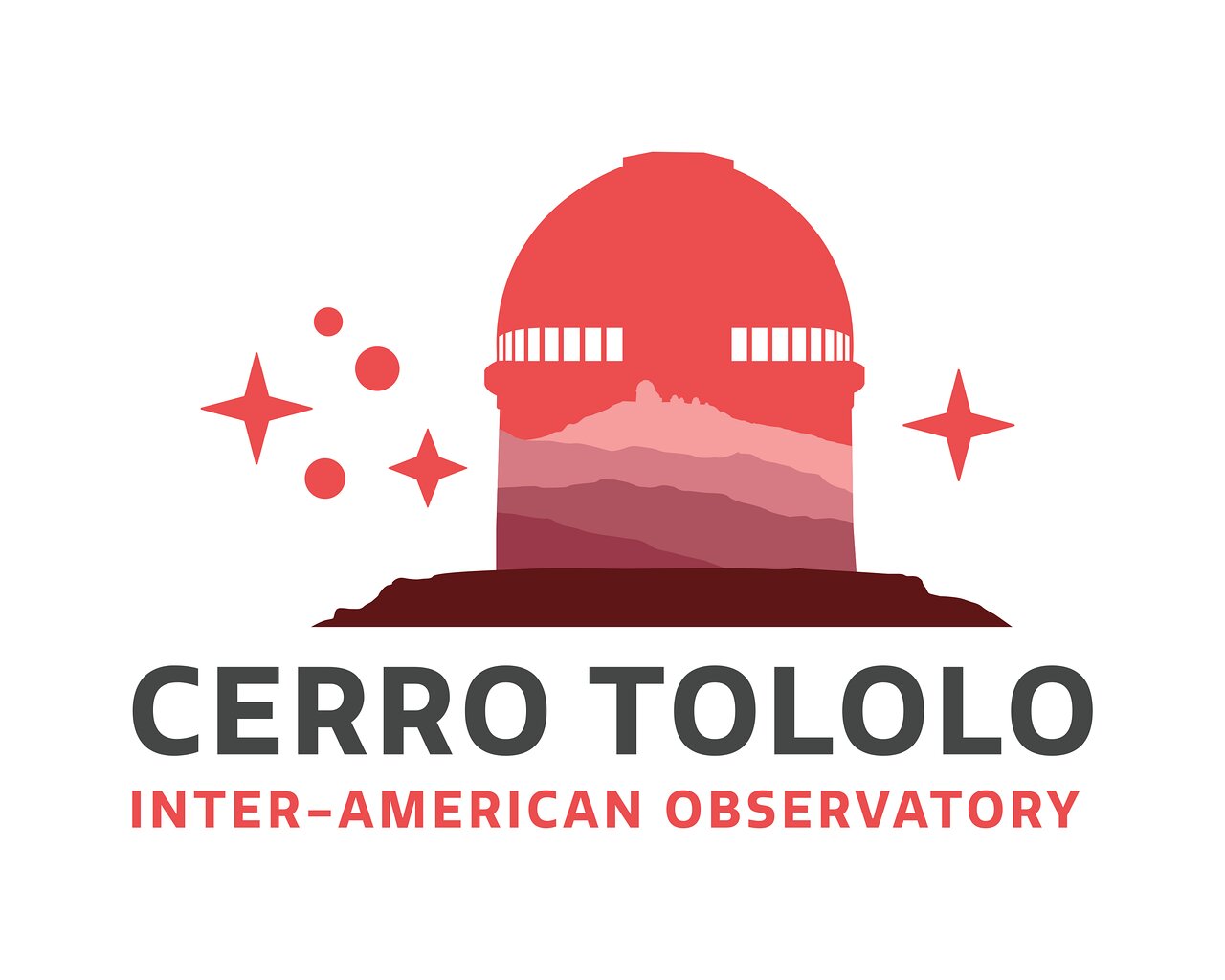 |
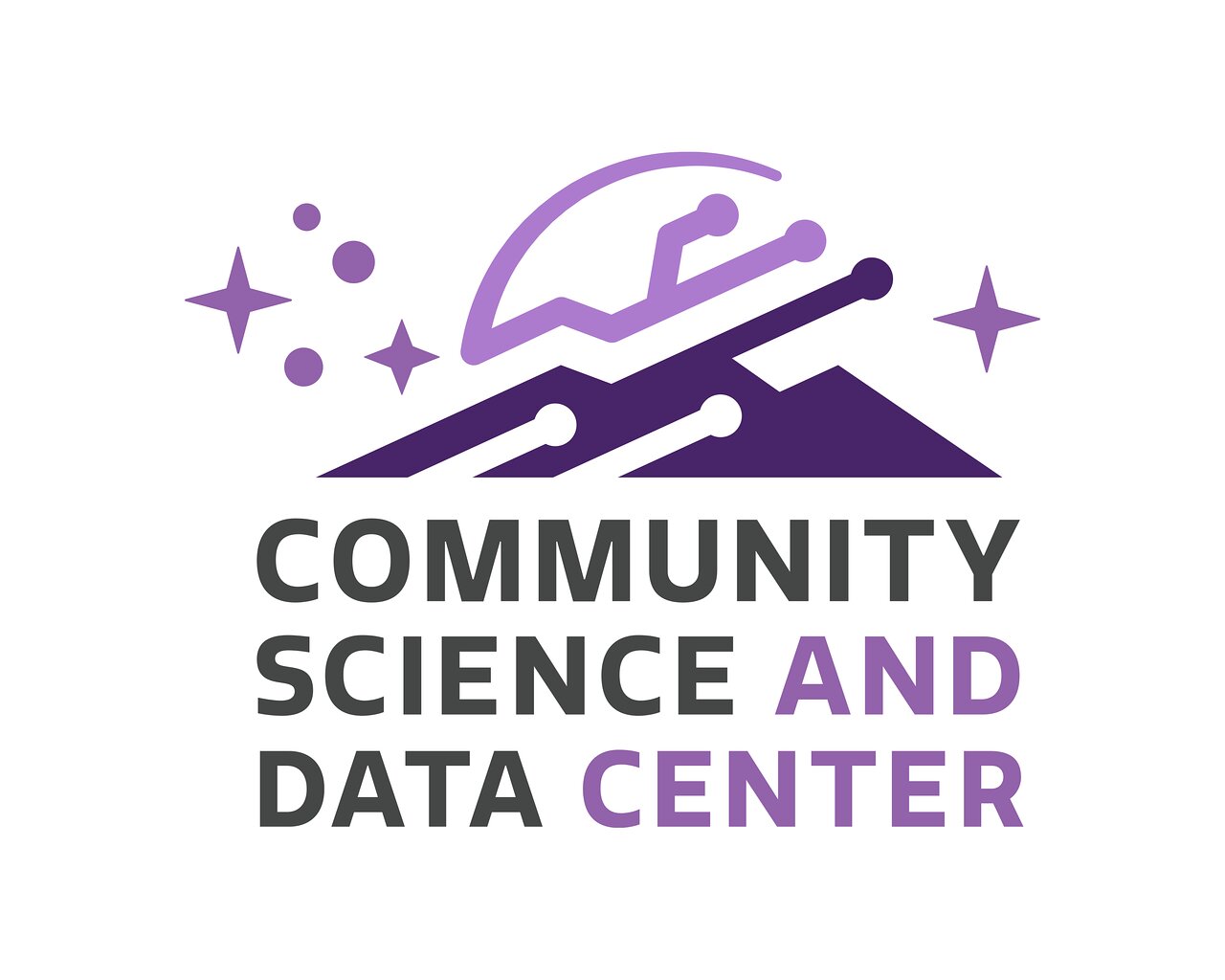 |
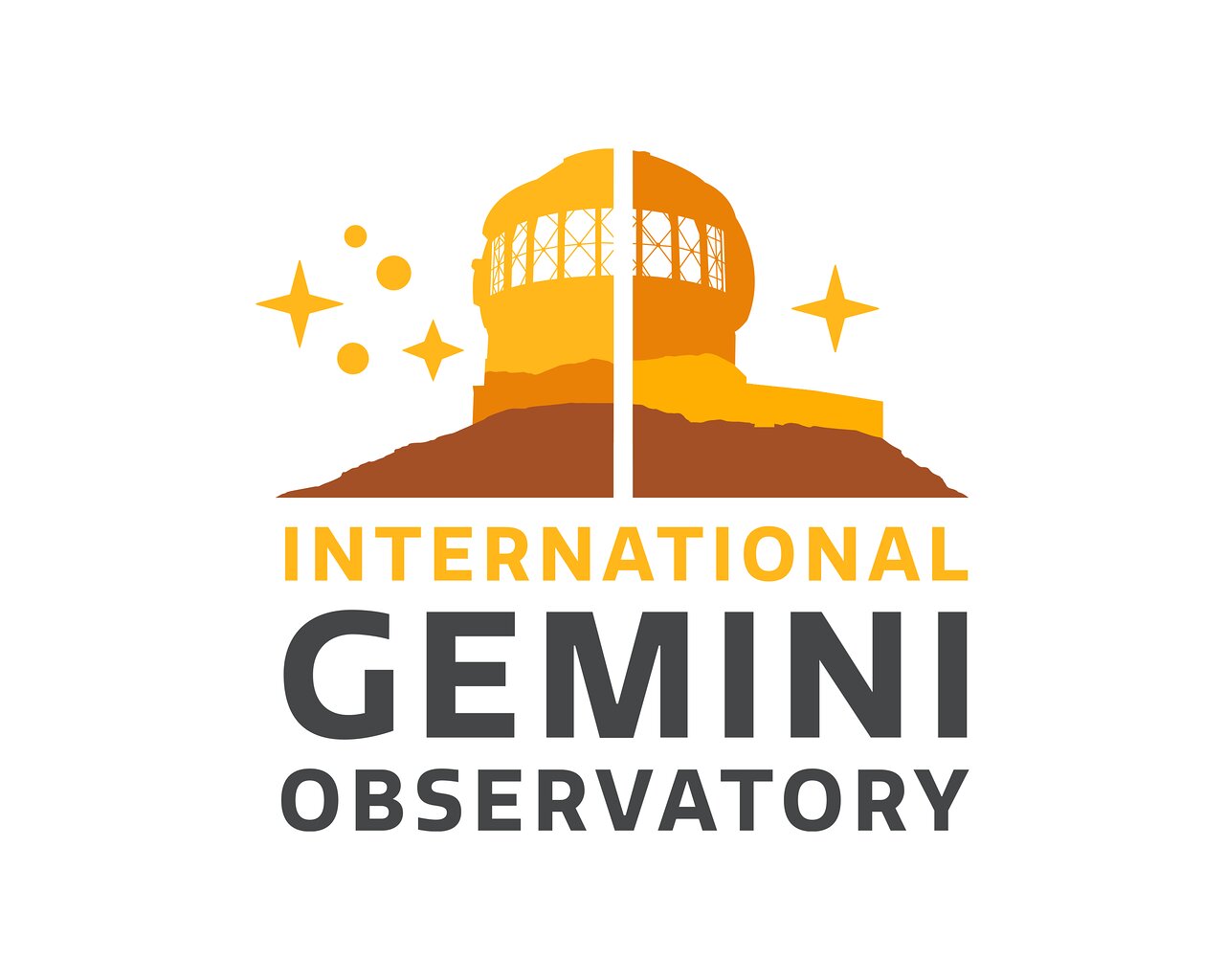 |
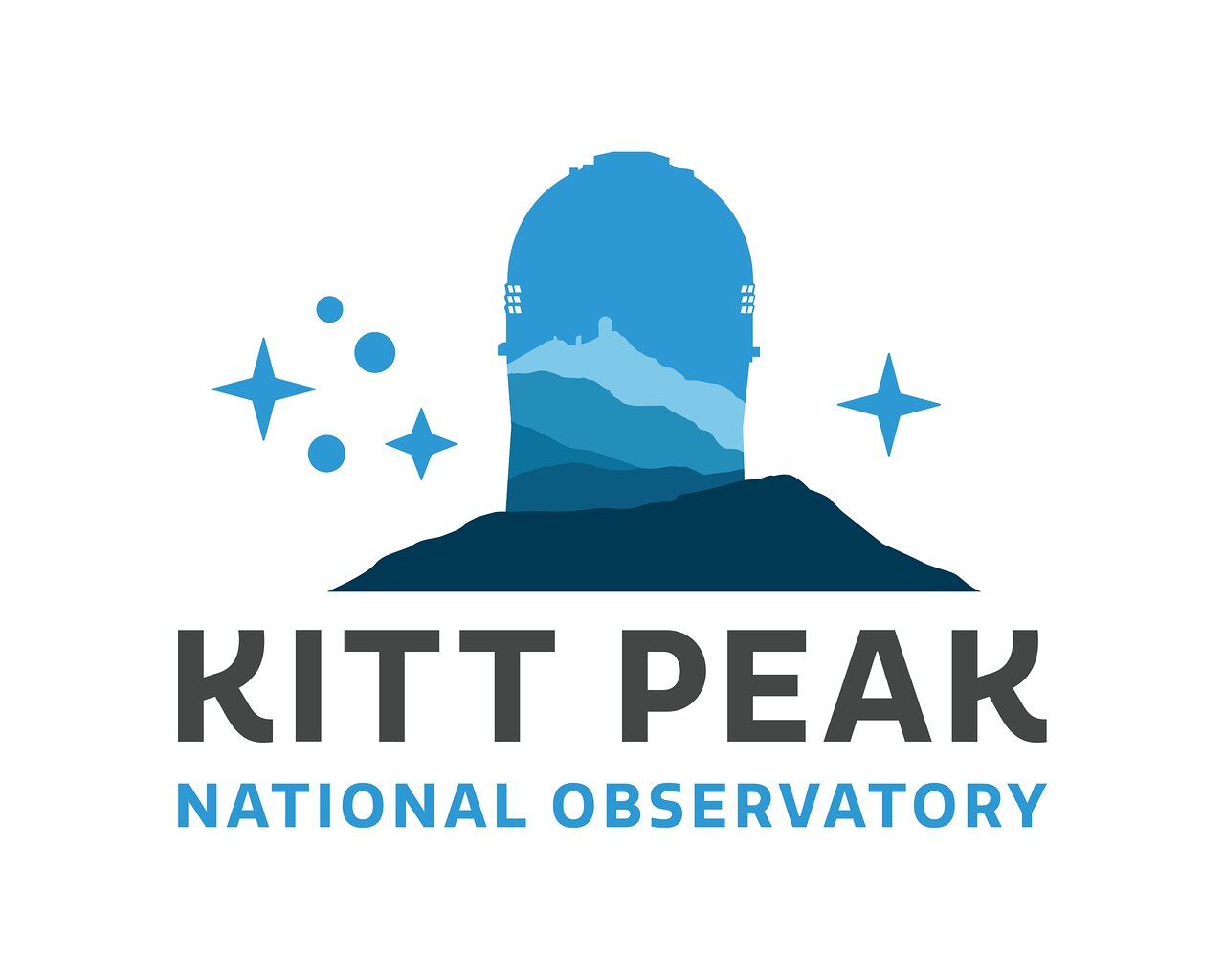 |
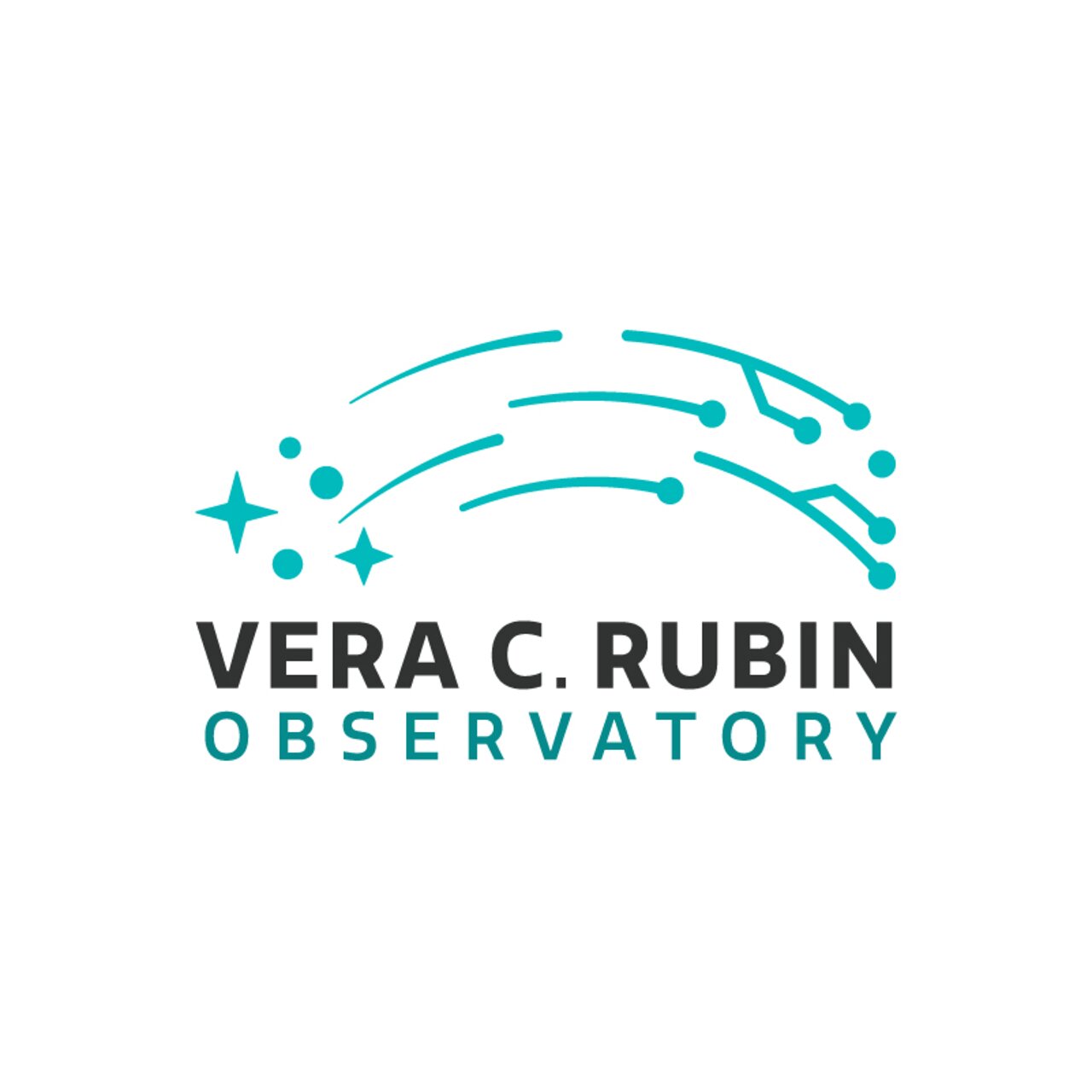 |
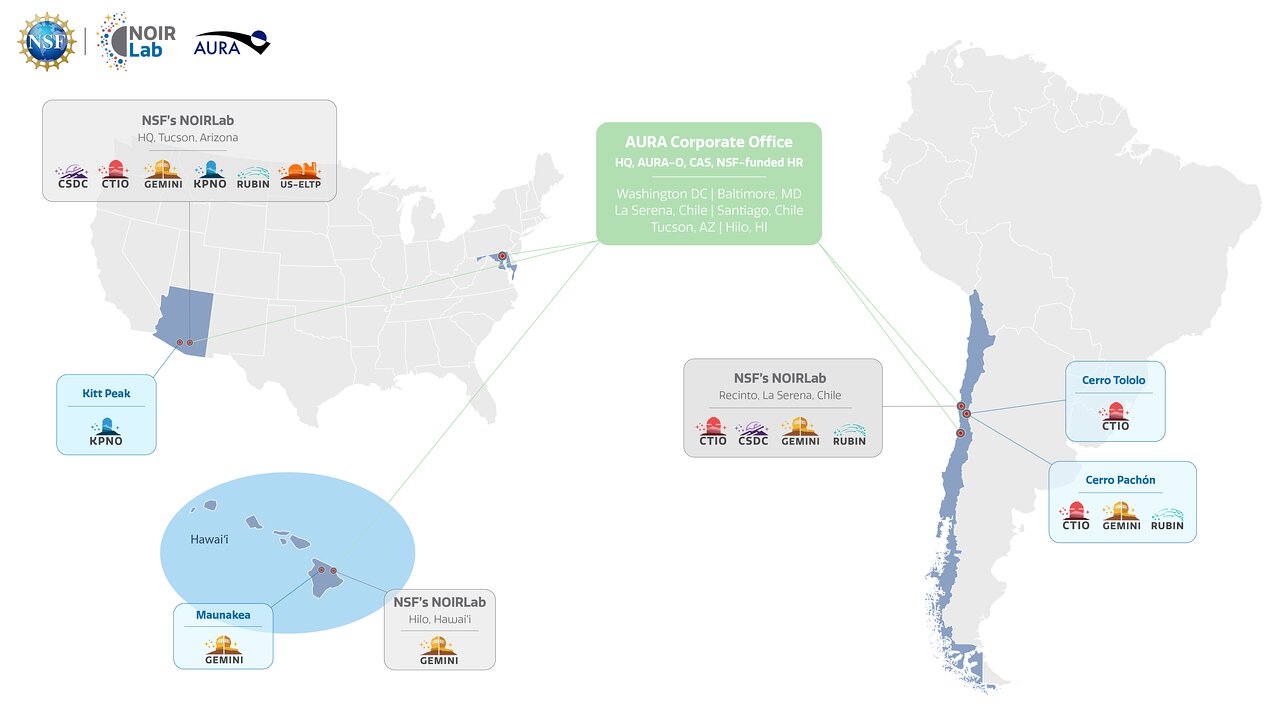
NOIRLab enhances the strengths of each facility and provides new opportunities for staff while expanding scientific capabilities and improving the experience for users.
NOIRLab enhances the strengths of each facility and provides new opportunities for staff while expanding scientific capabilities and improving the experience for users. By providing cutting-edge facilities that benefit both the staff and the scientific community, the lab positively impacts ground-based nighttime astronomical science. In addition, the lab focuses on developing international collaborations and partnerships to advance ground-based optical and infrared facilities and capabilities.
In collaboration with the astronomical community, partner organizations, other US optical and infrared system operators, and NSF, NOIRLab develops and advances a strategic vision for NSF-funded future optical and infrared facilities.
Part of this strategic vision is the US Extremely Large Telescope Program (US-ELTP) set up in partnership with the organizations building the Giant Magellan Telescope and the Thirty Meter Telescope. The US-ELT system will provide astronomers in the US with nationally funded access to observing time on both the 25.4-meter Giant Magellan Telescope in the southern hemisphere and the Thirty Meter Telescope in the northern hemisphere. NOIRLab will provide an extensive suite of user services, documentation, and training to support the entire Data Life Cycle — from submission of proposals, to observations, to data analysis, including the US-ELTP Science Archive.
The astronomical community is honored to have the opportunity to conduct astronomical research on Iolkam Du’ag (Kitt Peak) in Arizona, on Maunakea in Hawai‘i, and on Cerro Tololo and Cerro Pachón in Chile. We recognize and acknowledge the very significant cultural role and reverence that these sites have to the Tohono O’odham Nation, to the Native Hawaiian community, and to the local communities in Chile, respectively.
The Association of Universities for Research in Astronomy, Inc. (AURA) operates these facilities and NSF’s NOIRLab under a cooperative agreement with the National Science Foundation (NSF).
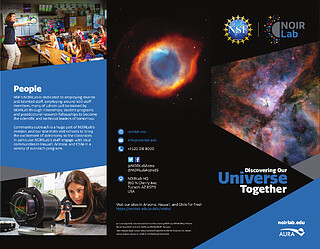
Flyer: About NOIRLab

Brochure: About NOIRLab
Welcome to NOIRLab video
